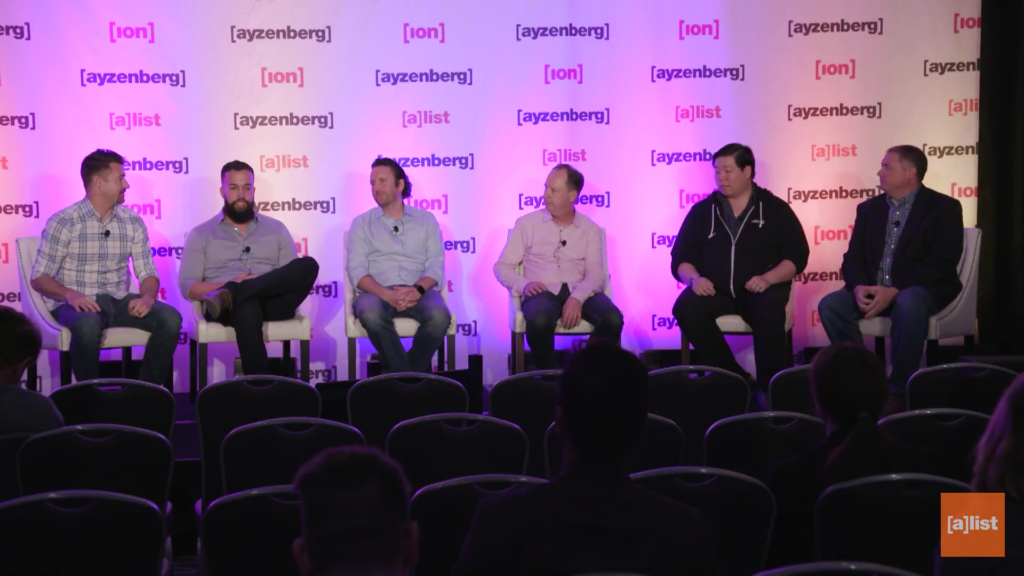Now that the world is beginning to take eSports seriously, what’s next? For those already at the frontline of innovation, change is coming.
“I think we’re going to see a lot more experimentation with different ways to distribute and deliver content for eSports and we’re going to see more growth,” observed Christina Alejandre, vice president and general manager of ELeague. “You have these games and these leagues that are firmly established ,so now it’s time to innovate [and] experiment.”
For Michael Tubman, sports and competition manager of Buffalo Wild Wings restaurants, TV plays a major role in how his brand participates—something that he predicts will continue to shift how eSports, in general, is viewed worldwide. “I think you’ll see more [eSports] going to linear TV as a complement,” he said. “ESports is digitally native and I think it always will be. It’s kind of the inverse of traditional sports, how they’re both trying to go in opposite directions as far as how they get at different customers.”
“Games will be a driving force for [social media widespread adoption of video] and eSports will be one of the spear points in that effort,” predicted Joost van Dreunen, CEO of analyst firm Superdata. “That’s going to fundamentally change the size of the market in terms of ad dollars available, but it’s also going to change the lay of the land. If you are designing a game that is a boxed, $60 thing that is sold to you through retail, those are very different design parameters than when it’s a game that needs to cater to an audience that has to be accessible but also have a sense of authenticity. That’s what these [social media] companies will be looking for.”
Oscar Miranda, business development manager for Wargaming America, likened eSports to professional baseball at the turn of the 20th century. It’s hard to imagine a time when America’s greatest pasttime wasn’t a professional, highly paid job—and professional gaming is headed in that direction.
“VR adds an interesting element to eSports because with VR, I no longer just have to watch on a 2D screen,” said Jan Goetgeluk, founder and CEO of Virtuix, noting the increasing possibilities for immersion into the competitions themselves. “I can put on a VR headset and be in the game [and] in the map. It’s much more engaging.”
“I see a broadening of the ways people watch eSports [and] engage,” added Bryan Chu, vice president of marketing for VReal. “When you get inside the game [with VR], it blurs the lines between viewer and broadcaster. You get a much bigger sense of presence and you start getting that connection between the fans, the athletes and the stars.”
“I see eSports, as it has over the past few years, moving toward the traditional sports space,” predicted Michael Flamberg, vice president and general manager of Nielsen Games. “Things are starting to get more organized and as brands get involved with it. It’s a natural evolution of making this more mainstream like a traditional sport. I think it’s going to eventually continue to move in that direction.”

